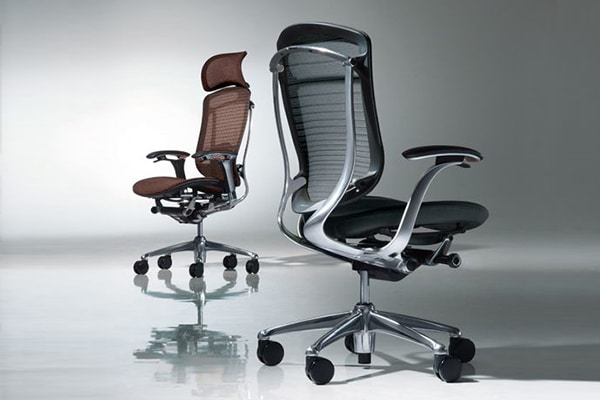In the evolving landscape of remote work, maintaining a well-organised and comfortable home office is crucial for productivity and well-being. One of the most critical components of this setup is our office chairs. This guide will provide you with all the information you need to maintain your home office chairs.
Importance of a Good Office Chair
A good office chair is more than just a seat. It is an essential tool that supports your body during long hours of work. An ergonomic chair helps maintain proper posture, alleviates stress on your spine, and can significantly enhance your productivity. Investing in a high-quality office chair is crucial, but maintaining it is equally important to ensure its longevity and effectiveness.
Choosing the Right Office Chair
Ergonomics
When selecting an office chair, ergonomics should be your top priority. Look for chairs that offer adjustable features such as seat height, armrests, lumbar support, and backrest tilt. These adjustments allow you to tailor the chair to your body’s specific needs, ensuring maximum comfort and support.
Material and Build Quality
Office chairs come in various materials, including leather, mesh, and fabric. Each material has its benefits. Leather is durable and easy to clean, mesh offers excellent breathability, and fabric provides a comfortable and soft seating experience. Choose a chair with a sturdy build to withstand daily use and provide lasting support.
Aesthetic and Style
While functionality is paramount, the aesthetic appeal of your office chair should also complement your home office decor. A chair that fits seamlessly into your workspace can enhance the overall ambiance, making your office a more inviting place to work.
Regular Maintenance Tips
To ensure your office chair remains in optimal condition, regular maintenance is essential. Here are some tips to keep your chair in top shape:
Cleaning
Regular cleaning prevents dirt and grime build-up, which can deteriorate the chair’s material. For leather chairs, use a damp cloth and a mild soap solution to wipe down the surfaces. For mesh and fabric chairs, vacuum the seat and backrest to remove dust and debris, and spot clean with a fabric cleaner if necessary.
Lubrication
Office chairs often have moving parts that require lubrication to function smoothly. Apply a silicone-based lubricant to the chair’s wheels, gas lift cylinder, and any other adjustable mechanisms to keep them operating efficiently.
Tightening Screws and Bolts
Over time, screws and bolts on your office chair can become loose, affecting its stability. Regularly check and tighten all screws and bolts to ensure the chair remains sturdy and safe to use.
Inspecting for Wear and Tear
Regularly inspect your chair for any signs of wear and tear. Check the seat cushion for sagging, the armrests for cracks, and the wheels for smooth rolling. Addressing these issues promptly can prevent further damage and prolong the life of your chair.
Adjusting Your Chair for Optimal Comfort
An ergonomic office chair is only effective if adjusted correctly. Follow these steps to ensure your chair is set up for optimal comfort:
Seat Height
Adjust the seat height so that your feet are flat on the floor, and your knees are at a 90-degree angle. This position helps distribute your weight evenly and reduces strain on your lower back.
Lumbar Support
Position the lumbar support to fit the natural curve of your lower back. This adjustment provides the necessary support to maintain the natural S-shape of your spine, reducing the risk of back pain.
Armrests
Set the armrests so that your elbows are at a 90-degree angle when typing. This adjustment helps relieve pressure on your shoulders and neck, preventing strain.
Backrest Tilt
Adjust the backrest tilt to provide support while allowing you to recline slightly. A slight recline can reduce pressure on your spine and promote a more relaxed sitting posture.
Enhancing Your Home Office Environment
Proper Desk Setup
Your desk setup should complement your ergonomic chair. Ensure your computer monitor is at eye level to avoid straining your neck. Use a keyboard tray to keep your wrists in a neutral position, reducing the risk of repetitive strain injuries.
Lighting
Good lighting is essential in a home office. Natural light is ideal, but if that’s not possible, invest in a good quality desk lamp that provides adequate illumination without causing glare on your screen.
Decluttering
A clutter-free workspace can enhance productivity and reduce stress. Keep your desk organised with storage solutions like shelves, drawers, and organisers to maintain a tidy and efficient work environment.












